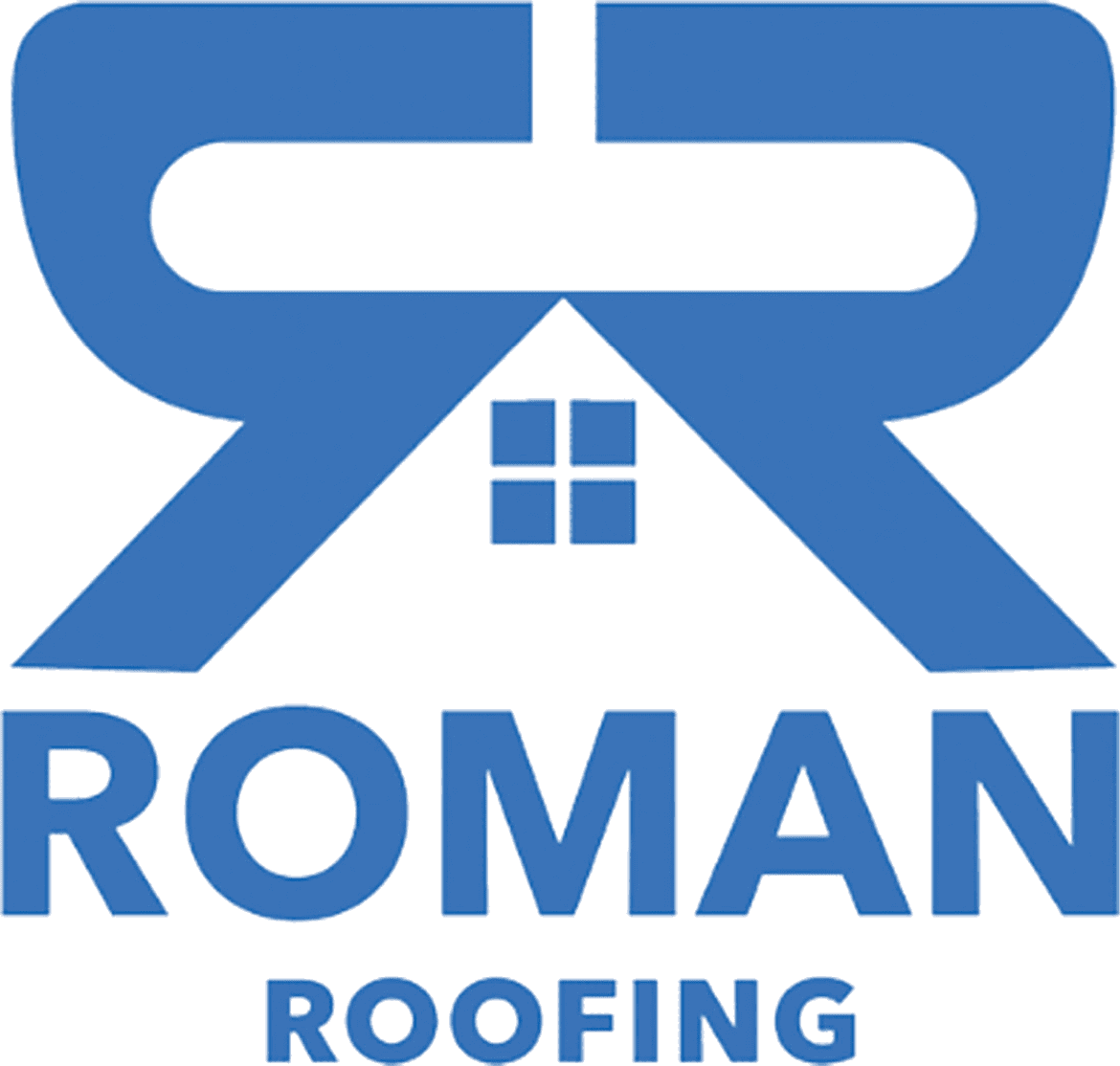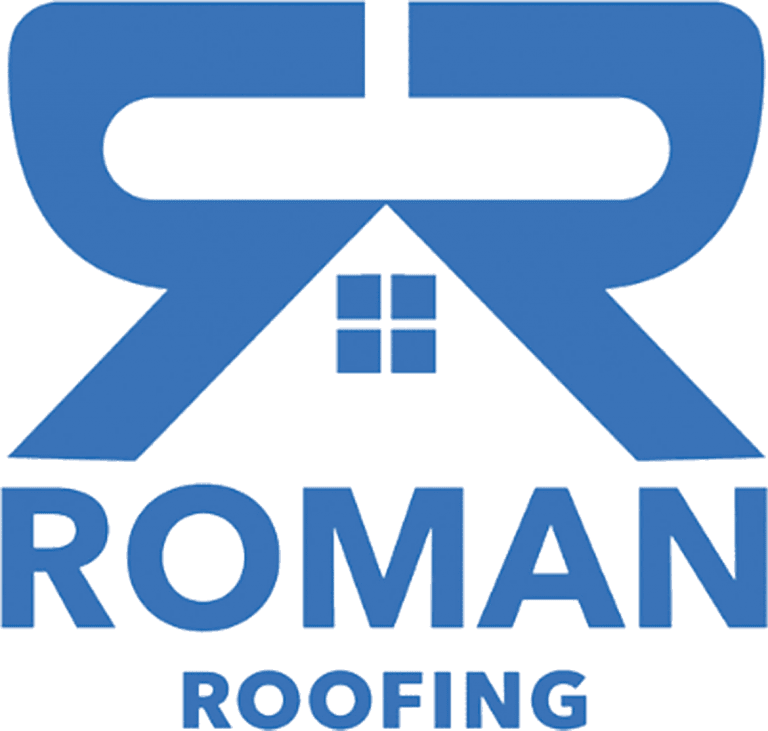As cities continue to grow and evolve, the role of roofing is undergoing a transformation. No longer just a protective cover, roofs are becoming pivotal elements in urban planning, shaping the sustainability, aesthetics, and well-being of city dwellers. This article explores how roofing innovations are playing a key role in shaping the future of urban landscapes.
Tackling Urban Heat Islands
Firstly, innovative roofing solutions like green roofs, cool roofs, and reflective materials are at the forefront of mitigating the urban heat island effect. These roofing options not only lower city temperatures but also cut down on energy consumption and improve air quality.
Managing Stormwater Effectively
Next, green roofs and advanced drainage systems are revolutionizing stormwater management. By absorbing, storing, and gradually releasing rainwater, these roofs reduce the risk of flooding, ease the burden on stormwater infrastructure, and help replenish groundwater.
Fostering Urban Agriculture
Moreover, rooftops are turning into agricultural hubs, thanks to rooftop farms and gardens. This localized approach to food production not only reduces transportation emissions but also fosters community engagement.
Promoting Biodiversity
Additionally, green and living roofs are becoming sanctuaries for various plants and animals. These roofs enhance urban biodiversity, bring ecological balance, and add a touch of natural beauty to cityscapes.
Boosting Energy Efficiency
Furthermore, the advent of solar-integrated roofs and smart roofing systems is optimizing energy use. These innovations are reducing the reliance on non-renewable energy, lowering energy bills, and shrinking carbon footprints.
Enabling Vertical Urbanization
Also, modular and adaptive roofing designs are facilitating vertical expansion, allowing cities to grow upwards rather than outwards. This efficient use of land preserves green spaces and leads to more compact, sustainable urban designs.
Creating Recreational Spaces
Besides, rooftops are transforming into recreational areas like parks, playgrounds, and community centers. These spaces not only enhance community interactions but also contribute to mental well-being.
Enhancing Air Quality
In addition, roofs integrated with air-purifying materials or pollutant-absorbing plants are making strides in improving urban air quality, reducing respiratory issues, and boosting public health.
Reducing Noise Pollution
Lastly, acoustic insulation and noise-absorbing materials in roofing are contributing to quieter, more peaceful urban environments.
Elevating Aesthetics
Finally, the architectural diversity in roofing reflects a blend of cultural, historical, and modern aesthetics, enriching the visual appeal of cities and instilling a sense of pride and identity among residents.
Roofing is evolving into a dynamic element that influences various facets of urban life. As city planners, architects, and communities collaborate, the impact of roofing on urban planning becomes increasingly significant, promising a future where cities are cohesive, thriving ecosystems.

